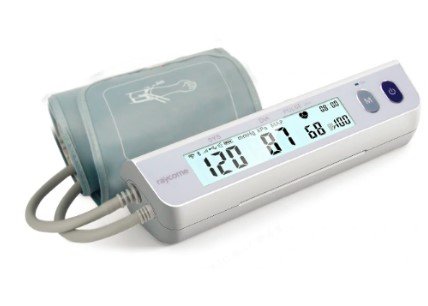Impact of Tariff Changes on Medical Lab Supplies in the United States: Cost Increases and Operational Challenges
Summary
- Tariff changes can lead to an increase in the cost of medical lab supplies and equipment in the United States.
- These increases can affect the overall operational costs of medical labs and phlebotomy services.
- It is important for healthcare institutions to stay informed about tariff changes and prepare for potential cost fluctuations.
I. Introduction
Medical laboratories play a vital role in the healthcare industry by providing essential diagnostic services to patients. These labs rely on a variety of supplies and equipment to carry out their work efficiently and accurately. The cost of these supplies and equipment can be influenced by various factors, including changes in tariffs imposed by the government. In this article, we will explore the impact that tariff changes can have on the cost of medical lab supplies and equipment in the United States.
II. Tariff Changes and Cost Increases
Tariffs are taxes imposed on imported goods and services, with the aim of protecting domestic industries from foreign competition. When tariffs are increased on medical lab supplies and equipment imported into the United States, the cost of these items can rise significantly. This increase in cost can be passed on to healthcare institutions that rely on these supplies and equipment, ultimately affecting the overall cost of medical lab services.
Impact on Operational Costs
Medical labs and phlebotomy services operate on tight budgets, and any increase in the cost of supplies and equipment can have a significant impact on their operational costs. Higher tariffs can lead to higher prices for essential items such as reagents, test kits, and lab machines, making it more expensive for labs to carry out Diagnostic Tests. This, in turn, can affect the affordability of healthcare services for patients.
Supply Chain Disruptions
Changes in tariffs can also disrupt the Supply Chain for medical lab supplies and equipment. Suppliers may struggle to absorb the increased costs, leading to delays in deliveries or shortages of critical items. Medical labs may be forced to find alternative sources for their supplies, which can be time-consuming and costly. These disruptions can impact the efficiency and reliability of lab services, potentially affecting patient care.
III. Preparing for Tariff Changes
Given the potential impact of tariff changes on the cost of medical lab supplies and equipment, it is important for healthcare institutions to stay informed and prepared. Here are some steps that labs can take to minimize the effects of tariff changes:
- Monitor Tariff Updates: Stay informed about any changes in tariffs that may affect the cost of medical lab supplies and equipment.
- Diversify Suppliers: Work with a range of suppliers to reduce dependency on any one source and mitigate the risk of Supply Chain disruptions.
- Budget Flexibility: Build flexibility into budget planning to account for potential cost fluctuations due to tariff changes.
- Advocate for Policies: Advocate for policies that support affordable access to medical lab supplies and equipment, such as reducing tariffs on essential items.
IV. Conclusion
Tariff changes can have a significant impact on the cost of medical lab supplies and equipment in the United States, affecting the operational costs of healthcare institutions and potentially disrupting the Supply Chain. It is crucial for medical labs to stay informed about tariff updates, prepare for potential cost increases, and advocate for policies that support affordable access to essential supplies and equipment. By taking proactive steps, labs can mitigate the effects of tariff changes and continue to provide high-quality diagnostic services to patients.

Disclaimer: The content provided on this blog is for informational purposes only, reflecting the personal opinions and insights of the author(s) on the topics. The information provided should not be used for diagnosing or treating a health problem or disease, and those seeking personal medical advice should consult with a licensed physician. Always seek the advice of your doctor or other qualified health provider regarding a medical condition. Never disregard professional medical advice or delay in seeking it because of something you have read on this website. If you think you may have a medical emergency, call 911 or go to the nearest emergency room immediately. No physician-patient relationship is created by this web site or its use. No contributors to this web site make any representations, express or implied, with respect to the information provided herein or to its use. While we strive to share accurate and up-to-date information, we cannot guarantee the completeness, reliability, or accuracy of the content. The blog may also include links to external websites and resources for the convenience of our readers. Please note that linking to other sites does not imply endorsement of their content, practices, or services by us. Readers should use their discretion and judgment while exploring any external links and resources mentioned on this blog.
